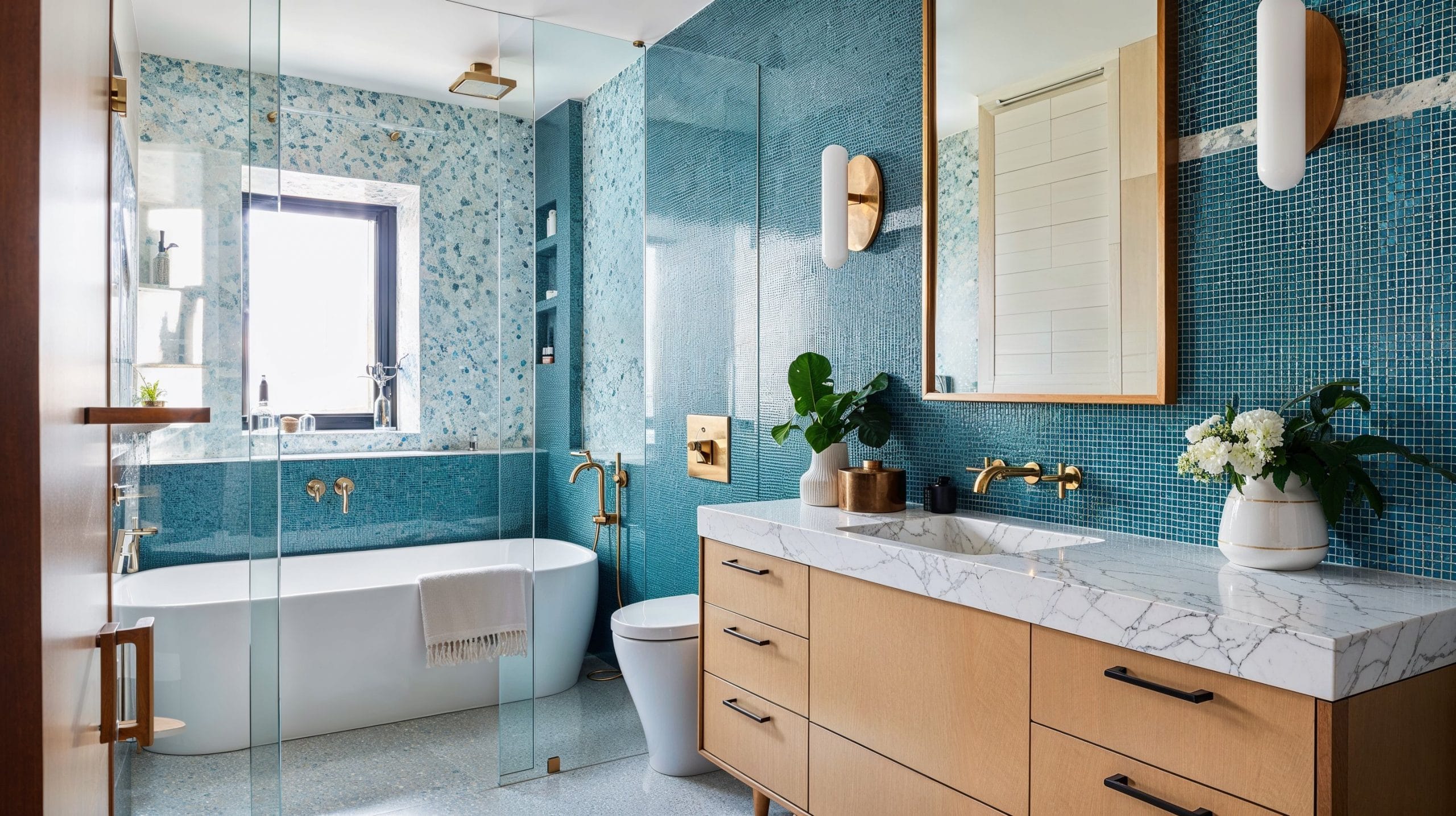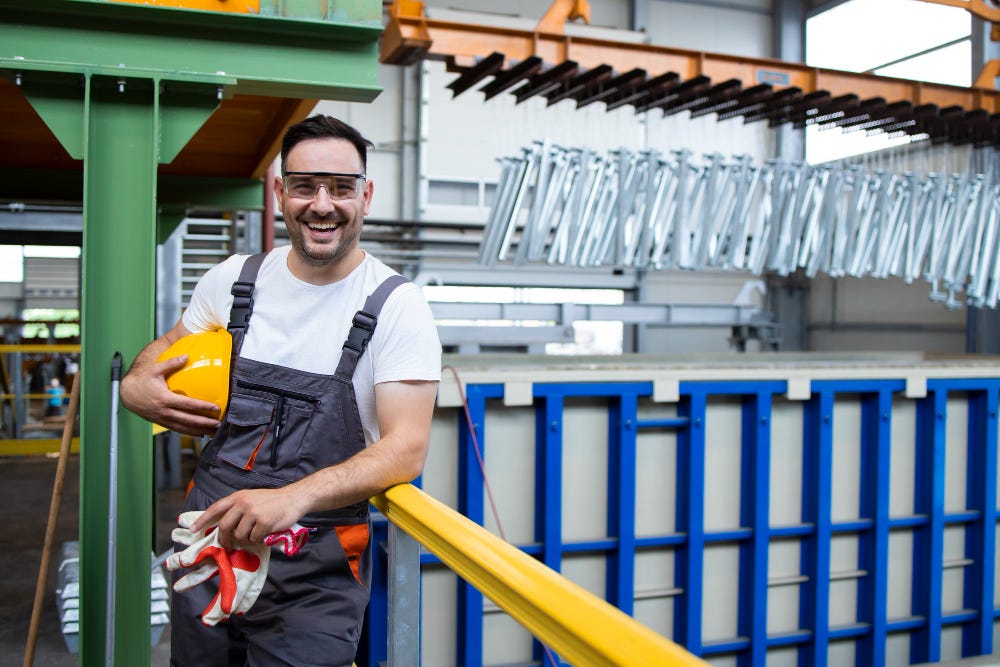Peering into the Future Plumbing: Developments and Advancements
Peering into the Future Plumbing: Developments and Advancements
Blog Article
We've stumbled upon this article involving The Future of Plumbing: Trends and Innovations to Watch directly below on the internet and reckoned it made perfect sense to write about it with you on this page.

Intro
The pipes industry is undergoing a transformative stage driven by technological advancements and expanding issues for sustainability and efficiency. This write-up checks out emerging fads and developments forming the future of pipes.
Regulative Landscape
Regulative frameworks play an essential duty in shaping the fostering of pipes technologies, with requirements and codes controling whatever from water effectiveness to product safety and security. As technologies continue to evolve, regulative bodies have to adjust to guarantee consumer defense and ecological stewardship.
Future Expectation
The future of plumbing is defined by continued development and integration with various other markets such as IoT, renewable energy, and building automation. By welcoming sustainable practices, leveraging emerging technologies, and focusing on user-centric design, the pipes sector is positioned to address the advancing needs of society while minimizing its ecological impact.
Augmented Truth in Plumbing
Enhanced Fact (AR) technology is reinventing plumbing by providing specialists with real-time aesthetic support for repairing and repair service tasks. AR-enabled wise glasses or mobile applications overlay electronic info onto the physical setting, assisting plumbing technicians envision pipe layouts, identify concealed leakages, and execute fixings with precision.
Impact of 3D Printing
The development of 3D printing has actually introduced new possibilities in making pipes parts. From custom-designed components to complex pipeline installations, 3D printing enables fast prototyping and on-demand production, minimizing lead times and enabling better customization in pipes style.
Health and Safety Features
In action to heightened worries for health and wellness, pipes components are including functions such as antimicrobial surfaces, touchless operation, and self-cleaning devices. These technologies not just enhance hygiene but additionally advertise customer convenience and benefit.
Hygiene-focused Components
Touchless taps, self-sanitizing bathrooms, and antimicrobial surfaces are becoming significantly common in residential and industrial setups, decreasing the risk of bacterium transmission and promoting a cleaner, healthier setting.
Water High Quality Surveillance
Developments in water top quality tracking modern technologies allow house owners to keep an eye on the pureness and safety and security of their water in real-time. Smart water top quality sensing units can find pollutants, pH degrees, and temperature level variations, empowering customers to take aggressive steps to ensure water security.
Remote Plumbing Solutions
Remote diagnostics and digital support are reinventing the means plumbing services are supplied. Through video clip conferencing and remote access modern technologies, plumbings can troubleshoot issues, provide support for do it yourself repair services, and also do remote inspections, offering higher access and comfort to property owners.
Challenges and Opportunities
While plumbing technologies hold tremendous assurance, they also existing obstacles such as data privacy issues, regulatory compliance, and the demand for labor force training. Addressing these difficulties calls for collaboration in between industry stakeholders and governing bodies to guarantee secure and liable application of new modern technologies.
Smart Plumbing Solutions
Including wise modern technology into plumbing systems allows remote surveillance, leakage detection, and automated upkeep. Smart sensors and IoT (Net of Points) devices allow home owners and plumbing technicians to monitor water use and spot concerns in real-time, leading to a lot more reliable resource monitoring and aggressive upkeep.
Water Effectiveness Solutions
With enhancing emphasis on water preservation, ingenious options are being established to decrease water wastefulness in pipes systems. High-efficiency components, greywater recycling systems, and smart irrigation controllers are among the modern technologies assisting customers lower their water footprint while preserving comfort and comfort.
Sustainable Products
The shift towards sustainability reaches plumbing materials, with an expanding preference for environment-friendly alternatives. Naturally degradable piping materials, such as PEX (cross-linked polyethylene) and HDPE (high-density polyethylene), deal resilience and resistance to corrosion without compromising environmental honesty.
Predictive Maintenance
Predictive maintenance strategies utilize information analytics and artificial intelligence algorithms to expect and stop plumbing issues before they occur. By assessing historical data and performance metrics, predictive upkeep algorithms can determine patterns and anomalies, allowing aggressive treatments to prevent costly repairs and disturbances.
Verdict
Finally, the future of pipes is specified by a merging of technology, sustainability, and user-centric layout. By embracing clever remedies, sustainable materials, and proactive maintenance methods, the plumbing industry can improve effectiveness, promote safety and security, and add to a much more sustainable future.
Plumbing Industry Trends You Need To Know
Smart technology in plumbing
Homeowners want to be able to manage their homes from their phones. The technology exists to make that happen. From smart toilets to leak detector devices, the whole plumbing system can be managed on an interconnected network made up of sensors, IoT devices, and machine learning algorithms.
This allows for wireless control to turn appliances on and off, automate routines, and access advanced monitoring to track water usage and flag potential issues. Smart technology streamlines water consumption, maintenance and energy usage, creating a more efficient system.
Green plumbing
The data analysis possible with smart technology not only improves convenience and cost-effectiveness but also fulfills a high-priority customer desire – sustainability. Consumers are very aware of their impact on the planet and want plumbing solutions to reduce damage and support sustainability. Eco-friendly plumbing solutions are already starting to emerge.
Customers can opt for low-flow toilets, water-saving faucets, and connections to sustainable energy sources. Beyond monitoring water consumption, customers can conserve water through the installation of greywater systems. This is a system that collects water that has been used but is still clean enough for some household uses such as toilet flushing.
Shorter product pipeline
To keep up with modern plumbing, plumbers need modern tools that enable them to complete jobs more efficiently. One technology making strides in this area is 3D printing. By 3D printing key plumbing fixtures, plumbers can reduce wait times even for specialized fixtures. It minimizes delays often seen in traditional manufacturing that frustrate customers and prevent plumbers from taking on more work.
Off-site repairs
Augmented reality is making a splash in many industries including plumbing. Plumbers can map a building online so they can explore the plumbing system through augmented reality, identifying areas of maintenance and repair completely digitally. This technology can be applied quite widely in plumbers’ work including planning installations and training new recruits. It’s safer, smarter and more efficient.
Low-footprint materials
Another way for plumbing companies to reduce their environmental footprint and meet the customer demand for sustainability is by using recycled materials in their work. The products they source and manufacture such as pipes, fixtures and faucets can be made from recycled materials. This saves the planet while being just as effective.
Onsite water purification
Additionally, plumbing companies can be advocates of water conservation and ease the financial and environmental concerns of customers by offering water purification systems. New water purification technology such as reverse osmosis systems and UV systems make it possible for homeowners and business owners to thoroughly cleanse water, removing contaminants onsite. This means the water can be safely reused in more ways than greywater can be, establishing a water recycling loop.
Tankless water heaters
Another innovation of modern plumbing is tankless water heaters. The idea is that the water is heated on demand as it runs through the system instead of being heated in a water tank. This is more energy efficient and therefore cost-effective and eco-friendly because water isn’t heated needlessly.

We had been made aware of that write-up about 7 Plumbing Industry Trends You Need To Know through a buddy on another domain. In case you enjoyed our page kindly be sure to pass it around. Thank you for your time. Kindly check our blog back soon.
Request A Quote Report this page